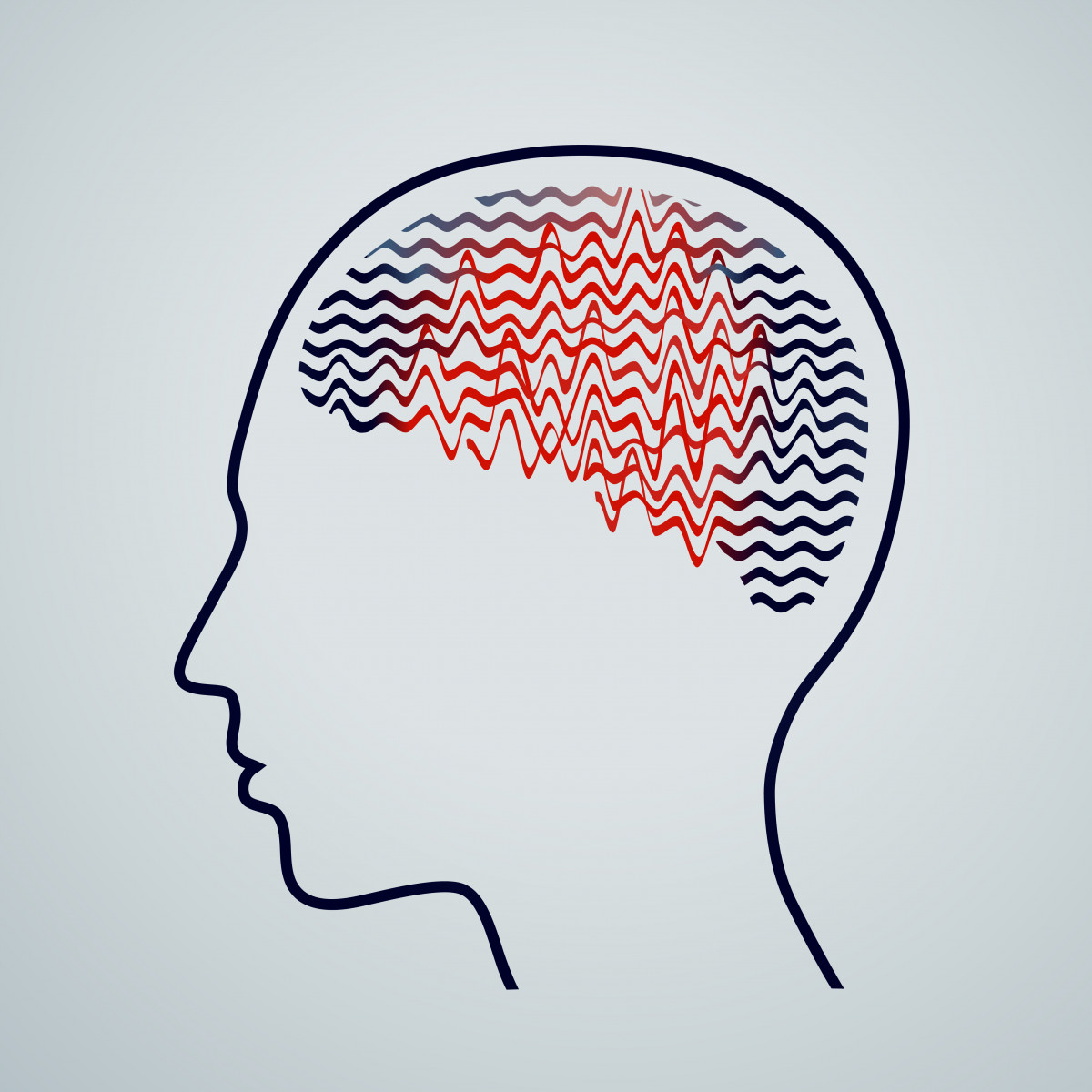Researchers Believe the Loss of a Fundamental Protein May Be Involved in Angelman Syndrome
Written by |

The loss of a fundamental protein in the brain may explain how genetic changes in Angelman syndrome lead to the neurological impairments seen in this condition and in other autism spectrum disorders (ASDs).
Researchers reached this conclusion in a study titled, “Loss of Angelman Syndrome Protein E6AP Disrupts a Novel Antagonistic Estrogen-Retinoic Acid Transcriptional Crosstalk in Neurons,” published in the journal Molecular Neurobiology.
The majority of Angelman cases result from the loss of function of a gene, UBE3A, which provides instructions for the making of an enzyme called E6AP, an E3 ubiquitin protein ligase enzyme.
Although it is well-established that loss of, or mutations in, E6AP lead to Angelman syndrome, the underlying reasons are not completely understood. Very few targets of E6AP previously have been described, and none of them are sufficient to explain the wide variety of neurological manifestations seen in Angelman syndrome and other related neurogenetic diseases like ASDs.
By looking at neuronal cells in a laboratory (in vitro), the team found that E6AP is in the same protein complex as the estrogen receptor (E6AP-ER). Estrogen — which binds to the estrogen receptor — has a multitude of effects on the brain, from the development of sexual behaviors to neuronal growth, neuroprotection, learning, and memory.
The team decided to investigate the link between E6AP and the estrogen receptor (ER), a protein essential for the activity of the hormone estrogen. In the presence of estrogen, E6AP-ER increases the activity of a particular gene called Cyp26b1.
Using a mouse model that is unable to produce E6AP in certain regions of the brain — mimicking Angelman syndrome — researchers observed that the interaction between E6AP-ER and the Cyp26b1 gene was disturbed. As a result, these mice had lower expression of the Cyp26b1 gene in their hippocampus region of the brain.
The Cyp26b1 gene encodes a protein involved in the breakdown of retinoic acid, a molecule derived from vitamin A that is crucial for embryonic development and nervous system development and maintenance.
As such, upon lower Cyp26b1 expression in the brain, an accumulation of retinoic acid would be expectable.
Consistently, genes that normally respond to retinoic acid were more active in the hippocampus of Angelman mice, supporting a connection between E6AP deficiency and decreased expression of Cyp26b1.
Changes in retinoic acid amounts in the brain have been shown to harm brain processes leading to deficits in learning and memory among other neurological manifestations.
The crosstalk between E6AP-ER signaling, Cyp26b1 gene expression, and retinoic acid activity may underly some of the neurological manifestations seen in Angelman syndrome and other ASDs.
The identification of new molecular pathways regulated by E6AP can be used to investigate possible targets as “putative novel treatment modalities and venues for reversing neurological manifestations in AS and related syndromes like ASDs,” the authors concluded.





